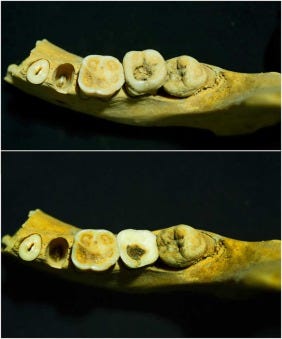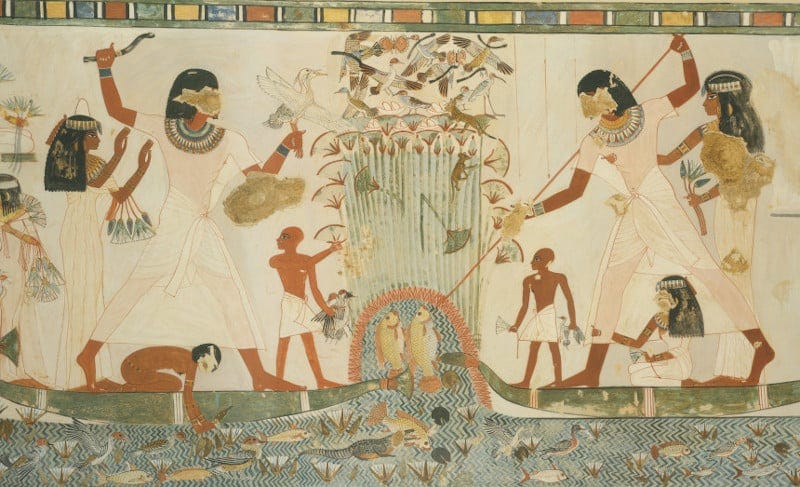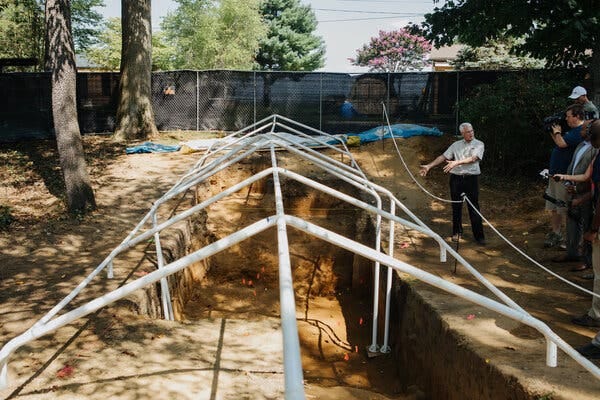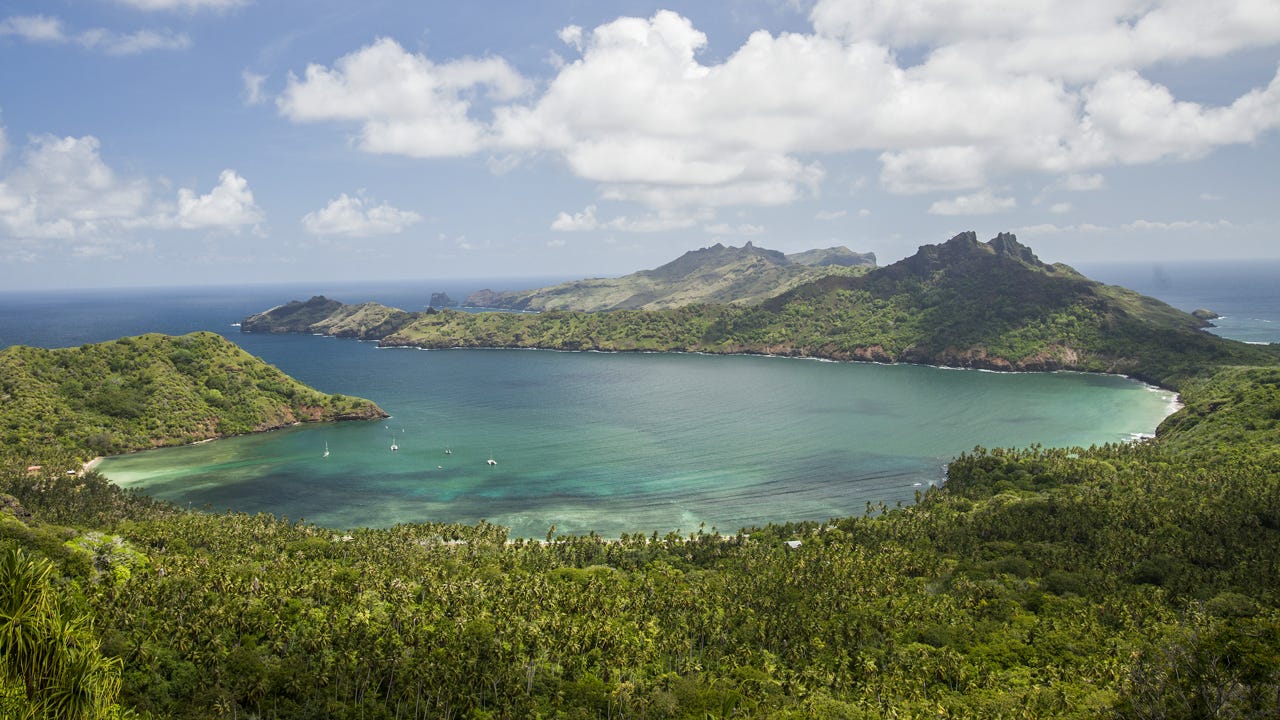Weekly Roundup- August 19th
Ancient dentistry, Revolutionary War battles, aDNA studies, and Viking slavery-- just some of our favorites from the past week
Dental health and dentistry in ancient Egypt
UCLA Egyptology’s very own, Dr. Anne Austin (now at the University of Missouri, St. Louis, but we will claim her always) of tattooed mummies fame has made another super cool discovery—a dental filling from Deir el-Medina. Dr. Austin comments:
New article out! Free downloads until September 7th. So get it while it's hot.
In our work at Deir el-Medina, we came across an unexpected find! A potential dental filling that would be the earliest example in Egypt. This article offers this case study in combination with data on carious lesions, ante-mortem tooth loss, as well as an example of possible, but far less conclusive, extraction. I offer translations of related medical treatments to evaluate both textual and osteological evidence for dental interventions. Your dentist will love it.
So like Anne says, please tell your dentist friends about this discovery!

Ancient Egyptian Food Prohibitions
Like much of ancient Greek writings on Egypt their conclusions concerning food prohibitions were always extreme and rather Orientalist. But Greek writings always seem to have such a long-enduring legacy in academic literature, not to mention cultural memory. You might have heard that the ancient Egyptians did not eat pork or that priests were restricted from eating fish. But as this article discusses, context was everything for the Egyptians. Nothing was prohibited 100% of the time—there might be a restriction for a certain festival for priests only, or a restriction on what was offered to the gods, but for daily eating everything was on the table.
All this food talk is making me hungry…

The Little-Known Role of Slavery in Viking Society
Many cultures enslaved other human beings including the Vikings, a group perhaps not well situated in our cultural memory to have participated in the practice. With the growth of Viking controlled-land more and more people were forced into chattel slavery. What was life like for an enslaved person in Viking society? We get tiny glimpses like the manacles below and enslaved peoples are also mentioned in epic poems. As with any patriarchal society, however, we should always expect the subjugation of other—women, children, immigrants, captives, and foreigners.
Side note: the Viking word for an enslaved person is thræl, coming into English as enthrall—to capture the attention of. It has definitely lost its context…
Interested in reading more, check out: Children of Ash and Elm: A History of the Vikings by Neil Price.

A Battlefield From 1777 Yields a Dozen Mercenaries’ Remains
Archaeologists working at the Red Banks Battlefield Site have found the remains of thirteen Hessian soldiers who were killed during the battle there. The battle took place on Oct 20, 1777 when Hessian soldiers we sent to the area by the British to attack the American held Fort Mercer. Even though they were outnumbered, the Americans won the battle killing 377 Hessians and only losing 14 of their own men.
The American soldiers defending the fort were some of the first integrated units with 10-15% of the regiment composed of Black and Indigenous soldiers. Too bad the United States later retrenched on such integration until after World War II.

Laser Scans Reveal 60,000 Hidden Maya Structures in Guatemala
Amazing discovery! Over 60,000 structures can be seen through the forest canopy in Guatemala using LiDAR scanning. This counters the previously held belief that the Maya cities were isolated from one another with small populations. The whole of Maya archaeology will have to be re-written with this new evidence! We are simple Egyptologists, so good luck…
Thats the beauty of archaeology—one new finding can change our whole understanding of an ancient culture.

Polynesians steering by the stars met Native Americans long before Europeans arrived
Given how gifted they were at seafaring, many people have wondered if the ancient Polynesians ever made it to South America. A new study of the aDNA of Polynesian and Indigenous South Americans suggests they did!
The study found shared DNA sequences between Indigenous South Americans and peoples of the eastern Polynesian islands, like Rapa Nui. This would also explain how the sweet potato, a native Andean vegetable, made its way into Polynesia.
It seems with every year we push when and where “globalization” occurred—now we know that the Pacific Ocean served not as a boundary but as a highway between the Americas and Oceania.







Thanks for sharing a story from my home state--New Jersey. The Red Bank Battlefield is on the New Jersey side of the Delaware River, across from nearby Philadelphia, Pennsylvania. To learn more about it: https://www.gloucestercountynj.gov/Facilities/Facility/Details/Red-Bank-Battlefield-Park-3